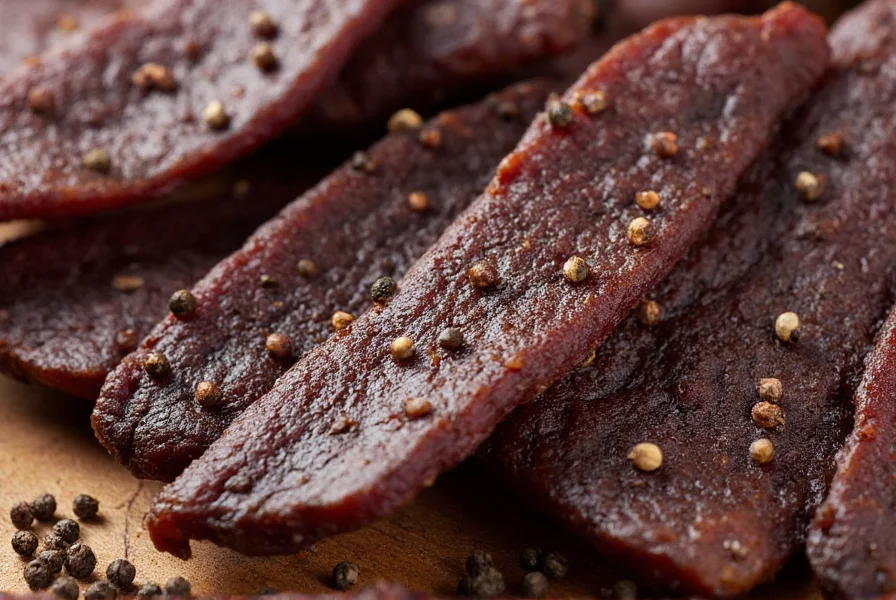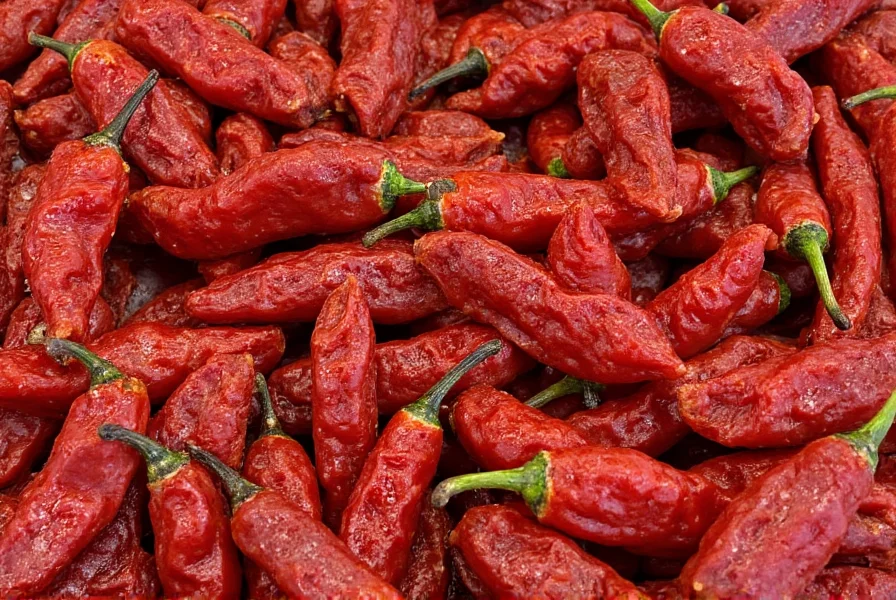When exploring the world of artisanal beef jerky, pepper-flavored varieties stand out for their sophisticated taste profile that appeals to discerning snackers seeking more than just basic dried meat. This guide examines what makes pepper beef jerky unique, how it's crafted, and what distinguishes high-quality options from inferior products.
The Distinctive Flavor Profile of Pepper Beef Jerky
Pepper beef jerky offers a complex flavor experience that balances the natural umami of quality beef with the aromatic warmth of freshly ground pepper. Unlike teriyaki or sweet varieties that rely heavily on sugar, pepper jerky showcases the meat's inherent flavor while adding sophisticated depth through carefully selected pepper blends.
What sets premium pepper beef jerky apart is the thoughtful combination of pepper varieties. Most artisanal producers use a blend of black, white, and sometimes pink peppercorns to create layered heat and aroma. The finest products avoid artificial heat sources like cayenne, instead relying on the natural pungency of properly processed peppercorns that have been freshly cracked or coarsely ground.

Traditional vs. Modern Production Methods
The preparation method significantly impacts the final product's quality. Traditional pepper beef jerky begins with selecting premium lean cuts like top round or eye of round, which are trimmed of all visible fat to prevent rancidity during the drying process. The meat is then sliced against the grain to approximately 1/8-inch thickness for optimal texture.
Marinade composition separates exceptional pepper beef jerky from ordinary varieties. The best recipes use minimal ingredients: soy sauce or tamari for umami depth, a touch of garlic, onion powder, and most importantly, freshly cracked pepper. High-quality producers avoid liquid smoke and artificial preservatives, instead relying on proper drying techniques to achieve the perfect texture—chewy but not tough, with no residual moisture.
Pepper Varieties That Elevate Beef Jerky
Understanding the different pepper varieties used in premium beef jerky production helps consumers identify superior products:
| Pepper Variety | Flavor Characteristics | Common Usage in Jerky |
|---|---|---|
| Black Peppercorns | Sharp, pungent, complex floral notes | Primary seasoning, freshly cracked for maximum flavor |
| White Peppercorns | Milder, earthier, less floral | Blended with black pepper for rounded heat profile |
| Pink Peppercorns | Fruity, slightly sweet, mild heat | Used sparingly for complexity in premium blends |
| Szechuan Peppercorns | Citrusy, floral, tingling sensation | Specialty blends for unique sensory experience |
Identifying Quality Pepper Beef Jerky
When selecting pepper beef jerky, several indicators distinguish premium products from inferior options. First, examine the ingredient list—high-quality pepper beef jerky contains recognizable ingredients with pepper prominently featured. Avoid products listing "natural flavors" or excessive preservatives.
Texture provides another critical quality indicator. Properly made pepper beef jerky should be firm but pliable, requiring some effort to chew without being tough. It shouldn't crumble like over-dried jerky nor feel moist like under-processed product. The best examples maintain structural integrity while yielding to gentle pressure.
Visual inspection reveals additional quality markers. Premium pepper beef jerky displays visible pepper particles embedded in the meat rather than a uniform brown color. The meat itself should appear deep red to mahogany, indicating proper curing without artificial coloring.

Pepper Beef Jerky in Culinary Applications
Beyond standalone snacking, premium pepper beef jerky serves as a versatile culinary ingredient. Many professional chefs incorporate finely chopped pepper beef jerky into rubs for grilled meats, adding complex umami and subtle heat. It also enhances bean dishes, stews, and even certain pasta sauces when rehydrated and minced.
For home cooks exploring creative uses, consider these applications:
- Add small pieces to scrambled eggs for protein-packed breakfast
- Blend into salad dressings for savory depth
- Use as topping for gourmet pizzas
- Incorporate into stuffing recipes for holiday meals
- Create jerky-infused broths by simmering pieces in stock
Nutritional Considerations of Pepper-Flavored Jerky
Pepper beef jerky represents one of the leaner jerky options, typically containing 8-12 grams of protein per ounce with minimal carbohydrates. The absence of significant sugar content (unlike teriyaki or honey-flavored varieties) makes it suitable for low-carb and ketogenic dietary approaches.
When evaluating nutritional profiles, look for products with sodium content below 200mg per serving and minimal added sugars. The best pepper beef jerky options contain less than 1g of sugar per serving, deriving their flavor primarily from the pepper blend rather than sweeteners.
Common Misconceptions About Pepper Beef Jerky
Several myths persist about pepper-flavored jerky that deserve clarification. First, pepper beef jerky isn't necessarily spicier than other varieties—quality products emphasize aromatic complexity rather than heat. Second, the presence of visible pepper particles indicates craftsmanship, not poor processing. Finally, premium pepper beef jerky shouldn't taste overwhelmingly of pepper; the seasoning should complement rather than dominate the beef flavor.
Exploring Regional Pepper Jerky Traditions
Different regions have developed distinctive approaches to pepper beef jerky. Western American producers often incorporate mesquite smoke with black pepper for a campfire-inspired profile. Midwestern varieties tend toward simpler preparations highlighting the beef's natural flavor. Coastal producers sometimes blend pepper with citrus elements for brighter flavor profiles. Understanding these regional differences helps consumers discover varieties matching their taste preferences.











 浙公网安备
33010002000092号
浙公网安备
33010002000092号 浙B2-20120091-4
浙B2-20120091-4